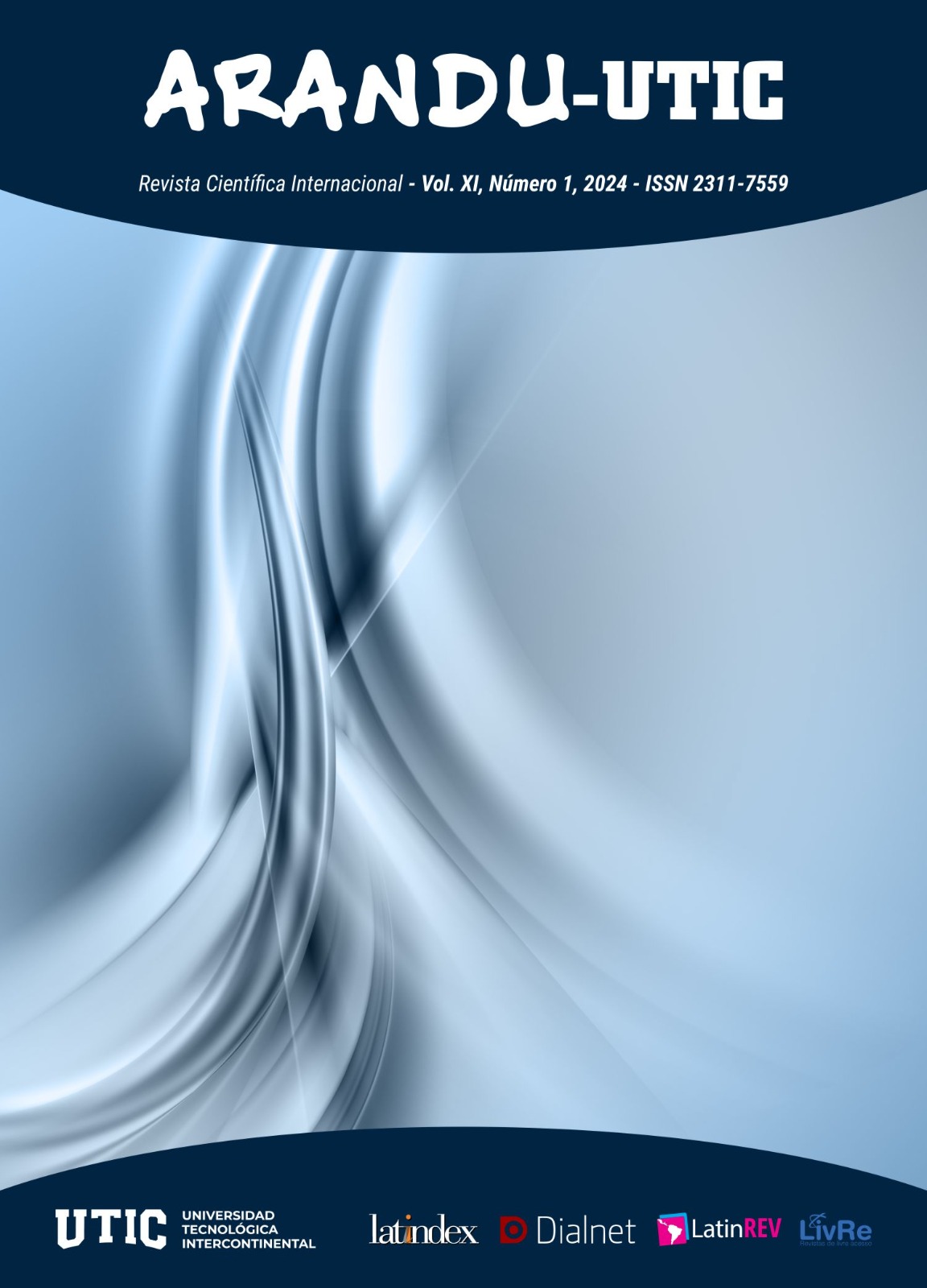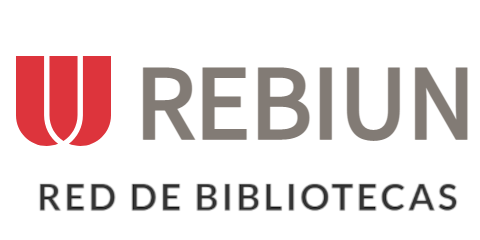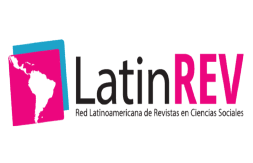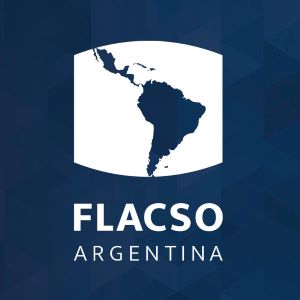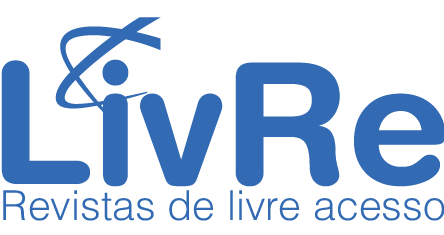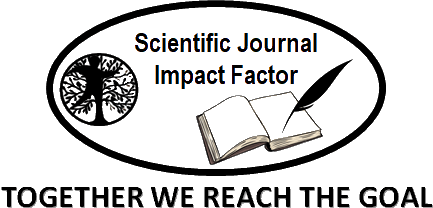Impacto ambiental por plomo en granos de soja (Glycine max L.) comercializados en el cantón Babahoyo, Ecuador
DOI:
https://doi.org/10.69639/arandu.v11i1.206Palabras clave:
metales tóxicos, cultivos alimentarios, seguridad alimentaria, espectrometría de absorción atómicaResumen
Los elevados niveles de plomo en granos de soja conllevan un riesgo substancial para la salud humana, promoviendo el desarrollo de diversas patologías. Este estudio tuvo como objetivo primordial cuantificar las concentraciones de plomo y evaluar su impacto ambiental en granos de soja comercializados en el cantón Babahoyo, Ecuador. Se procedió a identificar los principales comerciales (C1S, C2S, C3S) y un área de cultivo para obtener una muestra testigo (TC4S). Las muestras recolectadas en triplicado durante un periodo de tres meses consecutivos, fueron enviadas a un laboratorio certificado por el Servicio de Acreditación Ecuatoriano, en donde se aplicó la técnica de espectrometría de absorción atómica de llama, según el método "Standard Methods 3111B Modificado". Posteriormente, se contrastaron las concentraciones obtenidas con estándares nacionales e internacionales (NTE: INEN 452:2013, Unión Europea y Codex Alimentarius) para determinar su conformidad con los límites máximos permitidos, así como el nivel máximo de exposición. Por último, se calculó el impacto ambiental utilizando una ecuación específica. Los resultados revelaron la existencia de contaminación, sin embargo, las concentraciones medias de plomo (0,063±0.046 mg.kg-1) en los granos de soja están dentro de los parámetros establecidos por las normativas, sin diferencias estadísticamente significativas entre los diferentes puntos de venta y la muestra testigo. Además, se determinó que el impacto ambiental (-0,14; -0,035) generado por estas concentraciones no representa un daño significativo al entorno.
Descargas
Citas
Abdi, L., Molaee Aghaee, E., Nazmara, S., Alipour, M. reza, Fakhri, Y., & Mousavi Khaneghah, A. (2020). Potentially toxic elements (PTEs) in corn (Zea mays) and soybean (Glycine max) samples collected from Tehran, Iran: a health risk assessment study. International Journal of Environmental Analytical Chemistry, 102(16), 4640-4651.
https://doi.org/10.1080/03067319.2020.1786548
Ali, H., & Khan, E. (2019). Trophic transfer, bioaccumulation, and biomagnification of non-essential hazardous heavy metals and metalloids in food chains/webs—Concepts and implications for wildlife and human health. Human and Ecological Risk Assessment, 25(6), 1353-1376. https://doi.org/10.1080/10807039.2018.1469398
Aljumaili, O. I., El-Dein A. Ewais, E., El-Waseif, A. A., & AbdulJabbar Suleiman, A. (2021). Determination of hair lead, iron, and cadmium in a sample of autistic Iraqi children: Environmental risk factors of heavy metals in autism. Materials Today: Proceedings. https://doi.org/10.1016/j.matpr.2021.07.017
ANMAT. (2018). Muestreo de alimentos. En Anmat.
http://www.anmat.gov.ar/portafolio_educativo/pdf/cap11.pdf
Aoac INTERNATIONAL. (2016). Official Methods of Analysis (J. George W. Latimer (ed.)).
Arada, M., Garrido, D., & Acebal, A. (2017). Evaluación de metales pesados e impacto ambiental en los pozos “ Rive Fuente ” y “ Bárbara ” del poblado El Cobre Evaluation of heavy metals and environmental impact in wells “ Rive Fuente ” and “ Barbara ” of the town El Cobre Introducción Los metales pe. 30(1), 68-76.
Aslam, M., Aslam, A., Sheraz, M., Ali, B., Ulhassan, Z., Najeeb, U., Zhou, W., & Gill, R. A. (2021). Lead toxicity in cereals: Mechanistic insight into toxicity, mode of action, and management. Frontiers in Plant Science, 11, 587785.
https://doi.org/10.3389/fpls.2020.587785
ATSDR. (2022). Lista de sustancias prioritarias de la ATSDR.
https://www.atsdr.cdc.gov/SPL/#2022spl
Avalos, Y. (2023). Contaminación por plomo en suelo, agua, alimentos y sus efectos en los seres humanos. Rev. Investigaciones ULCB. J, 10(2), 59-68.
https://doi.org/10.36955/RIULCB.2023v10n2.006
Barragán, R., Bravo, L., & Torres, J. (2022). Cuantificación de cadmio y plomo en granos de soja (Glycine Max) comercializados en el cantón Quevedo, Ecuador. Universidad Técnica de Manabí, 7, 37-50. https://doi.org/https://doi.org/10.33936/revbasdelaciencia.v7i3.4242
Bawa, U. (2023). Heavy metals concentration in food crops irrigated with pesticides and their associated human health risks in Paki , Kaduna State , Nigeria irrigated with pesticides and their associated. Cogent Food & Agriculture, 9(1).
https://doi.org/10.1080/23311932.2023.2191889
Calahorrano, O., Collaguazo, J., Enríquez, M., Leiva, D., Palacios, F., Pijal, A. B., Simbaña, B., Villarreal, W., Yépez, R., & Zurita, M. (2022). Estimación de superficie sembrada de los cultivos de arroz (Oryza sativa L.), maíz amarillo duro (Zea mays L.) y soya (Glycine max) del primer periodo (época lluviosa) año 2022, en las provincias de: Guayas, Los Ríos, Manabí, Santa Elena, Loja, El Oro, Co.
Cândido, G. S., Lima, F. R. D., Vasques, I. C. F., Souza, K. R. D., Martins, G. C., Pereira, P., Engelhardt, M. M., Reis, R. H. C. L., & Marques, J. J. (2021). Lead effects on sorghum and soybean physiology in oxisols. Archives of Agronomy and Soil Science, 67(2), 260-274. https://doi.org/10.1080/03650340.2020.1723004
Garduño, C., Garduño, M. A., Mendiola, P., Vences, J., Zetina, V., Martínez, O. ., & Ramos, M. (2019). Fuentes de contaminación por plomo en alimentos , efectos en la salud y estrategias de prevención. Revista Iberoamericana de Tecnología Postcosecha, 20(1).
Hussain, S., Khan, A., & Ali, S. (2023). Heavy Metal Contamination in Staple Cereals: A Case Study in Pakistan. Environmental Monitoring and Assessment, 195(2), 331-345. doi:10.1007/s10661-022-09745-0
Ijomone, O. M., Olung, N. F., Akingbade, G. T., Okoh, C. O. A., & Aschner, M. (2020). Environmental influence on neurodevelopmental disorders: Potential association of heavy metal exposure and autism. Journal of Trace Elements in Medicine and Biology, 62, 126638. https://doi.org/10.1016/j.jtemb.2020.126638
Legislacion de la Unión Europea de Contaminantes Químicos en Productos Alimentarios, 1 (2003). http://www.mcx.es/plaguicidas/espanol.asp%0ALEGISLACION
Liu, L., Chen, X., Hao, L., Zhang, G., Jin, Z., Li, C., Yang, Y., Rao, J., & Chen, B. (2022). Traditional fermented soybean products: processing, flavor formation, nutritional and biological activities. Critical Reviews in Food Science and Nutrition, 62(7), 1971-1989. https://doi.org/10.1080/10408398.2020.1848792
López, E. P., Murillo, C. B., Rica, U. D. C., Grecia, R. De, & Rica, C. (2017). Evaluación de tres métodos para la recuperación de metales pesados en fertilizantes. UNED Research Journal, 9(2), 257-265. https://doi.org/https://doi.org/10.22458/urj.v9i2.1666
Mao, F., Nan, G., Cao, M., Gao, Y., Guo, L., Meng, X., & Yang, G. (2018). The metal distribution and the change of physiological and biochemical process in soybean and mung bean plants under heavy metal stress. International Journal of Phytoremediation, 20(11), 1113-1120. https://doi.org/10.1080/15226514.2017.1365346
Neuwirth, L. S., Cabañas, E., Cadet, P., Zhu, W., & Markowitz, M. E. (2021). Cereal and juice, lead and arsenic, our children at risk: A call for the FDA to re-evaluate the allowable limits of lead and arsenic that children may ingest. International Journal of Environmental Research and Public Health, 18(4), 1621. https://doi.org/10.3390/ijerph18041621
Norma General del Codex para los Contaminantes y las Toxinas Presentes en los Alimentos y Piensos (Codex STAN 193-1995), 1 (2009).
https://www.fao.org/fileadmin/user_upload/livestockgov/documents/CXS_193s.pdf
Norma Técnica Ecuatoriana NTE Inen 452: 2013 Tercera revisión, (2013).
https://dokumen.tips/documents/nte-inen-452-2012-soya.html
Poma, P. (2013). Intoxicación por plomo en humanos. Anales de la Facultad de Medicina, 69(2), 120. https://doi.org/10.15381/anales.v69i2.1155
Proshad, R., Kormoker, T., Islam, M. S., & Chandra, K. (2020). Potential health risk of heavy metals via consumption of rice and vegetables grown in the industrial areas of Bangladesh. Human and Ecological Risk Assessment, 26(4), 921-943.
https://doi.org/10.1080/10807039.2018.1546114
Rashaid, A. H. B., Nusair, S. D., Alqhazo, M. T., Adams, J. B., Abu-Dalo, M. A., & Bashtawi, M. A. (2021). Heavy metals and trace elements in scalp hair samples of children with severe autism spectrum disorder: A case-control study on Jordanian children. Journal of Trace Elements in Medicine and Biology, 67, 126790.
https://doi.org/10.1016/j.jtemb.2021.126790
Rubio, C., Gomes, S., & Marques, M. P. M. (2023). Dietary exposure to toxic metals (Cd, Pb and Hg) from cereals and derivatives marketed in Madeira and the Azores. Biological Trace Element Research. 201. 1-10. doi:10.1007/s12011-023-03643-x.
Sharma, S., Nagpal, A. K., & Kaur, I. (2018). Heavy metal contamination in soil, food crops and associated health risks for residents of Ropar wetland, Punjab, India and its environs. Food Chemistry, 255, 15-22. https://doi.org/10.1016/j.foodchem.2018.02.037
Zeeshanur, R., y V. Singh. (2019). The relative impact of toxic heavy metals (THMs) (arsenic (As), cadmium (Cd), chromium (Cr)(VI), mercury (Hg), and lead (Pb)) on the total environment: an overview. Environ Monit Assess, 191(419), 1-21. https://doi.org/10.1007/s10661-019-7528-7
Zhao, Y., G. Mao, H. Hongxia y L. Gao. (2015). Effects of EDTA and EDDS on Heavy Metal Activation and Accumulation of Metals by Soybean in Alkaline Soil. Soil and Sediment Contamination, 24(4), 353-367. https://doi.org/10.1080/15320383.2015.962125
Publicado
Cómo citar
Número
Sección
Licencia
Derechos de autor 2024 Roberto Johan Barragan Monrroy, Carla Maria Sabando Cedeño, Mayra Lisette Zapata Velasco, Ana Madelaine Macías Mendoza, Noelia Solange Coello Bajaña

Esta obra está bajo una licencia internacional Creative Commons Atribución 4.0.

